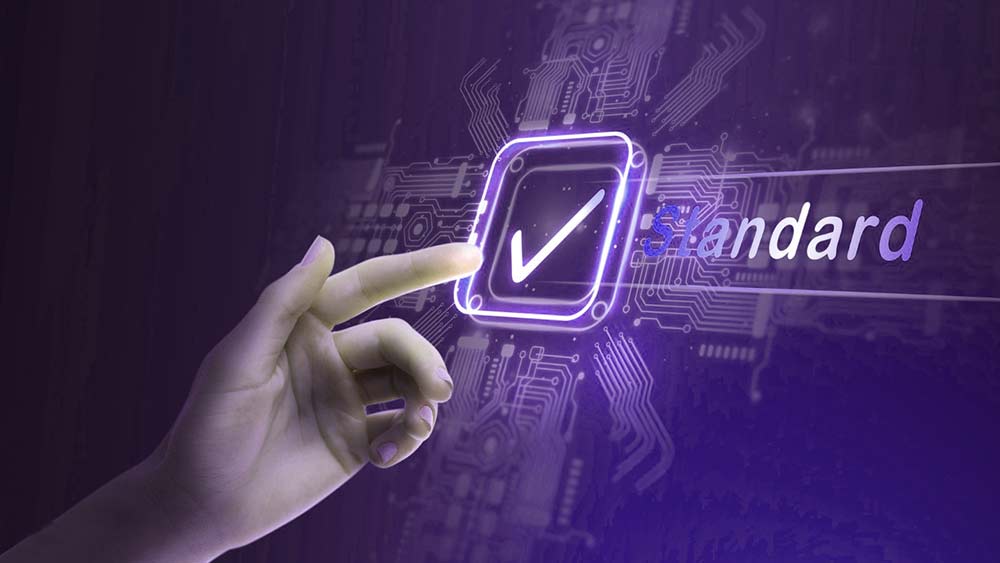Software compliance is the practice of ensuring the software licenses procured by a particular organization are being used according to the stipulated terms of the provider. The most common use case is ensuring the number of licenses in use does not exceed the number purchased. Being compliant is commonly discussed in relation to software licensing as well as software asset management. It is important for businesses to be compliant. The term compliant has several meanings when it comes to software asset management.
It usually involves taking a comprehensive check on the software installed on the network and to compare it with what one is legally entitled to be using. One of the ways a business could do this is by keeping all the related purchase documentation in one place to check it and ensure if the software is licensed or not. Understand the terms of the license to get a better idea of it.
Software Compliance Via Software Asset Management (SAM)
Software asset management is a business practice that involves managing and optimizing the purchase, deployment, maintenance, utilization, and disposal of software applications within an organization. A software asset management review is, in essence, an audit to make sure your company’s Microsoft software licences adequately cover the software you use in your business. Sometimes, businesses will increase the number of employees using their software or change how they use it without updating their software licences.
Software asset management is crucial to the success of any IT organization. When a company has a comprehensive and efficient license management program in place, it reduces costs and ensures that the organization remains in compliance. Managing your software assets impacts your bottom line.
How to Prepare for a Software Compliance Audit:
- Create A product usage and deployment strategy
- Make a list of license types and entitlement
- Create a server and workstation hardware inventory
- Review your virtualization footprint
- Review hosted or shared environment detail
- Account for all software deployment versions, location, and counts
- Assess trends and changes in strategy and deployment
- Log all user types, locations, and counts
- Organize and have on hand all vendor license(s) and purchase agreement terms




Leave a reply